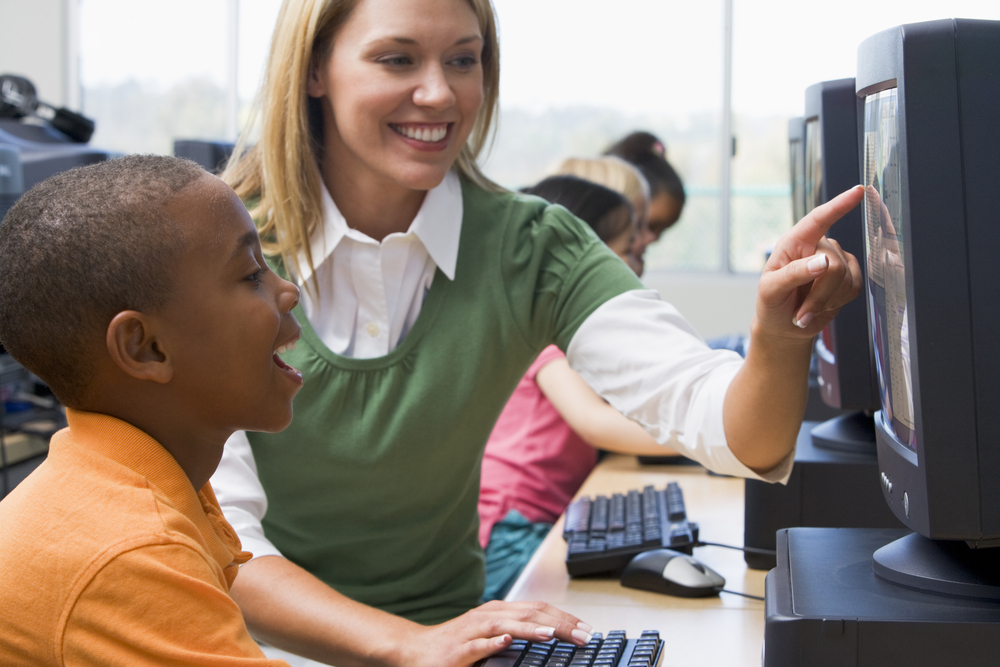Some educators, scholars and activists believe that the Internet is a tool that should be fully accessible to everyone — even grade school-age children — and that education should be uncensored. Many have fought against restrictions on net neutrality to make sure that the Internet remains a sort of free market for information; this being the case, it could be argued that school use of content filters that block websites is akin to banning books for having sensitive material. Also, content filters sometimes block websites such as YouTube, which teachers use for lessons. It can seem as though schools block content even when it’s educational or in no way inappropriate.So why would schools use content filters when it may not always be necessary?
School computers offer access to a wealth of information and technology. With all of these resources available, it can be difficult to properly monitor what sort of material students have access have access to. For this reason, the Child Internet Protection Act was put in place to make sure that schools block pornographic and harmful materials on any computer that anyone under 17 could access.
KQED News clarified some of the rules regarding blocked websites through the CIPA. They found that blocking websites such as YouTube is not what this law was put in place to do. Rather, the intention behind CIPA is to make sure that students are taught how to be trustworthy and responsible digital citizens. While the law does allow schools to choose the types of filter is used and what websites are blocked, there isn’t really a legal reason to block a website simply because it could serve as a distraction. Some schools block these websites because they are afraid they will lose the federal funding awarded to public institutions that comply with CIPA. However, this may actually diminish the quality of a student’s learning experience and education. It also may cause frustration for teachers who need access to sites that carry multi-media material and videos vital for engaging their students’ attention and enriching their lesson plans.
While it is undeniably smart to monitor what students are looking at online, restricting the resources they can access may actually hinder their learning; additionally, it makes it harder for teachers to find inclusive tools that benefit all of their students. Rather than overblocking websites on school-issued technology, perhaps a better method would be to block harmful and pornographic material and, instead of blocking websites that might be distractions, to educate students on proper Internet usage and digital citizenship. Also, monitoring online activity can be much simpler than managing an overzealous system of content filters. Teachers and aides can physically monitor student computer use. Schools can also invest in computer word and phrase monitoring software that alerts a trained administrator when students are searching for, accessing or typing dangerous material. Education and monitoring can help students develop a lifelong dedication to safe, responsible online activity.
By Laura Jane Crocker


